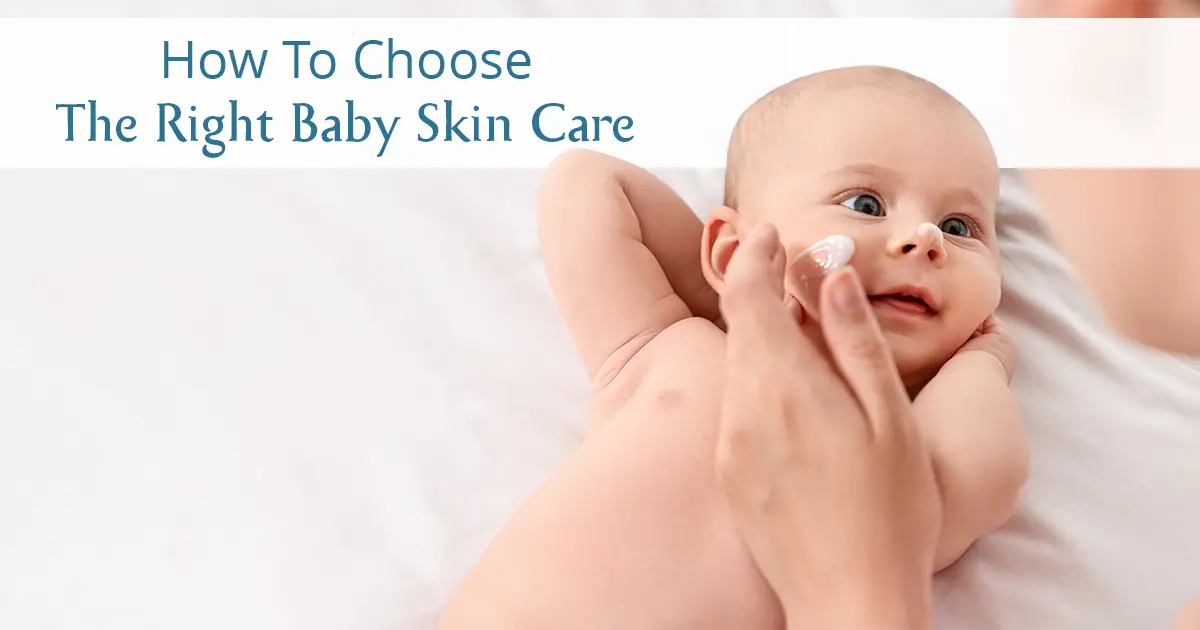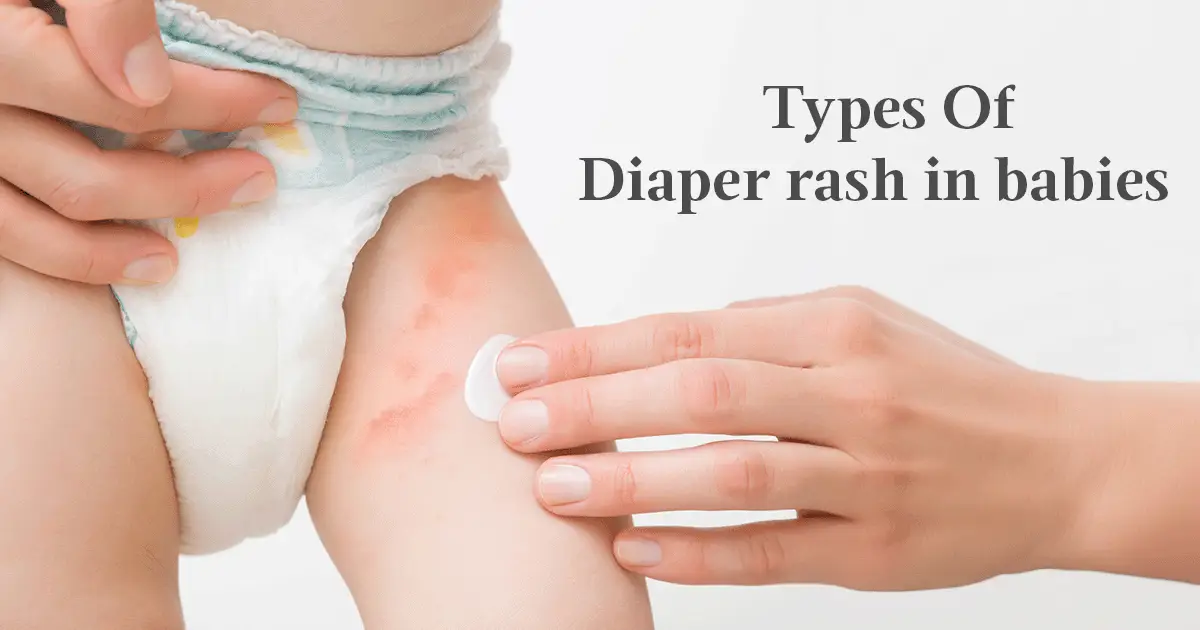
Congratulations, new parents! Your little one is finally home, and we know you’re doing your best to keep them warm, nourished, and comfortable. But there’s one more essential area you shouldn’t overlook. And that is baby skin care.
Your newborn’s skin is about 30% thinner than yours, making it extremely delicate and sensitive.1 That’s why it needs extra care, gentle products, and the right skincare routine from day one.
In this blog, we’ll uncover the most important baby skincare tips to help you protect and care for your baby’s skin the right way. So let’s get started.
Caring For Your Baby’s Skin The Natural Way
While caring for your newborn, remember the phrase ‘less is more’. Avoid overindulging in multiple skincare products. Go for a selected few which are free of perfumes, harsh chemicals and other toxins.
Here are a few baby skin care tips you can follow during each step of their daily routine.
1) Bathing
Your baby mostly stays indoors during their initial few months. Hence, it’s okay to bathe them for just about three times each week in the first year. Do so with lukewarm water and rubbing very gently. Never bathe them under running water as it’s difficult to control the temperature and pressure that way. Water that’s too hot may burn your baby’s skin, while water that’s too cold could make them sick.2
| To learn more about the right way to bathe your little one, check out our detailed baby bathing guide |
2) Cleansing
Never use soap to cleanse your baby’s skin, as it can be drying. Instead, use a mild, pH-balanced cleanser or wash that cleanses off dirt, sweat and germs without being harsh.2 A great option could be our Baby Head-To-Toe Foam Wash, which is a natural formulation infused with powerful ingredients like PENTAVITIN®, Aloe Vera, Saffron Extract and many more. It is pH balanced and tear-free, comes in an easy-to-use pump bottle and gives your baby 24-hour post-wash hydration. Plus, it’s EWG-verified as toxin-free, Ecocert certified to be natural and tested on lab-grown human skin cells for safety and efficacy.
3) Moisturising
As your baby’s skin is thinner and easily loses moisture, it’s a must to keep their skin hydrated using a gentle moisturiser such as our Deep Moisturising Baby Cream. It maintains their skin’s natural moisture balance, giving 72 hours of hydration and relieving dry, itchy skin. For best results, use it after your baby’s bath, focusing on areas like cheeks, elbows and thighs.1
Gentle Solutions For Common Newborn Skin Issues
Since your baby’s skin is extra sensitive, they might be prone to several skin conditions. Let’s take a look at some of the common ones and learn how to manage them effectively.
1) Eczema
If your baby has dry, itchy and sensitive skin, they could be suffering from eczema. The symptoms of eczema are usually a bumpy rash on the scalp and face (in babies younger than 6 months) or around the elbows and knees (after 6 months).3
Sadly, baby eczema has no cure. That’s why it's important to be aware of the management strategies. And the most important thing to do here is to keep their skin well moisturised. A gentle cream can lock in moisture and calm the redness or itchiness your baby might be feeling. Always go for products made especially for babies and skip anything with added fragrance.3
And the best time to moisturise? Right after bath time, when their skin can soak it up best, and a few more times during the day whenever it looks or feels dry.3
2) Diaper Rash
If you’ve noticed red, inflamed skin in your baby’s diaper area, it’s probably diaper rash. It’s one of the most common newborn skin issues and can happen due to wet diapers, friction, or even certain baby wipes.4
The key here is to keep the area clean, dry, and protected. Change diapers promptly, use mild, fragrance-free wipes (or just lukewarm water), and let your baby enjoy some diaper-free time to let the skin breathe. Additionally, applying a thin layer of a baby-safe diaper rash cream can create a protective barrier and help the rash heal faster.4
3) Cradle Cap
Does your baby have flaky, yellowish patches on their scalp? That’s called a cradle cap, which is usually harmless and painless. It’s caused by excess oil production in the skin glands and usually clears up on its own within a few weeks or months.5
But if it bothers you, you can gently loosen the flakes by massaging a little baby oil into the scalp, leaving it on for 10–15 minutes, and then washing with a mild baby wash. Avoid scrubbing as it can irritate the skin and even cause infection.5
Summing Up
Baby skin care doesn’t have to be overwhelming. With just a handful of gentle, toxin-free products, you can create a simple baby skin care routine that keeps their skin clean, soft, and healthy, without exposing them to harsh chemicals. A little consistency and the right choices go a long way in protecting that precious newborn skin.
FAQs
Q1) How Do I Take Care Of My Baby's Skin?
To take care of your baby’s skin, use gentle, fragrance-free products, keep their skin moisturised, and avoid chemical-laden products. Look for product certifications and read the labels carefully to avoid exposing them to harsh chemicals.
Q2) How Often Should I Bathe My Newborn
Bathing your baby two to three times a week is enough in the early months, for up to a year. Additionally, you can clean their face, neck, hands, and diaper area daily with a soft cloth as and when necessary.
Q3) Can I Use Coconut Oil On My Newborn?
Yes, but choose pure, cold-pressed coconut oil and do a patch test first to check for any skin reaction.7 To be doubly sure, always consult a dermatologist.









.webp)

